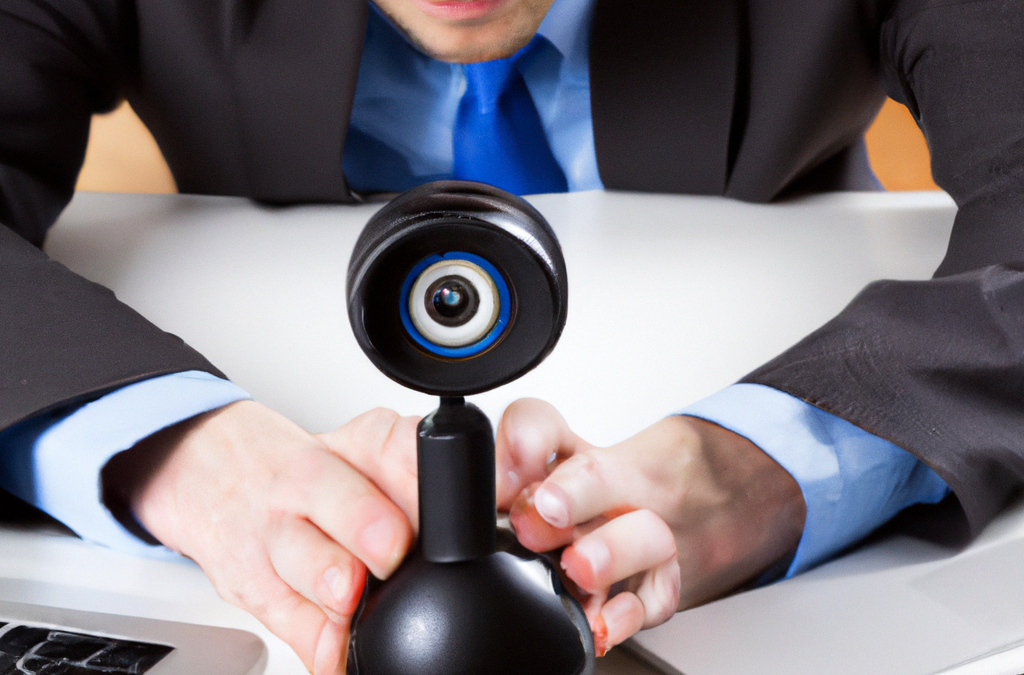Yes, hackers can access your computer’s webcam. They can use malware or exploit security vulnerabilities in your operating system or software. Therefore, keeping your computer and software up-to-date with the latest security patches and using a reputable antivirus program to protect your computer from malware is vital. In addition, you can physically cover your webcam when not in use to prevent unauthorized access.
To keep your webcam secure:
- Keep software and firmware up to date, as manufacturers often release security patches to address vulnerabilities.
- Use strong passwords for any online accounts associated with the webcam and change them regularly.
- Cover your webcam when not in use with a physical cover or piece of tape.
- Disable remote access to your webcam, if possible, to prevent unauthorized access.
- Use antivirus and anti-malware software to protect your computer and connected devices from potential threats.
- Avoid connecting to public Wi-Fi networks when using your webcam, as they may not be secure.
- Regularly check your device’s network activity logs to detect any unauthorized access.
Signs that may indicate your webcam has been hacked:
- The webcam light turns on unexpectedly: If the webcam’s light turns on when you’re not using it, it could indicate that someone is accessing the device remotely.
- Strange network activity: If you notice unusual network activity on your computer, it may be a sign that someone is accessing your webcam without your knowledge.
- Unusual software or programs: If you notice any unusual or unfamiliar software or programs installed on your computer, it may indicate that your webcam has been hacked.
- Suspicious pop-ups or websites: If you are suddenly bombarded with pop-up ads or redirected to suspicious websites, it could be a sign that your computer has been compromised.
- Slow computer performance: If your computer suddenly becomes slow or unresponsive, it could be a sign that your webcam has been hacked and is being used to transmit data or video.
- Spoiled video with strange lines or images popping up during recording could also indicate hacking, as well as devices listening to conversations in the room where the webcam is installed suddenly becoming active when they were otherwise not working earlier.
- Other signs include; notifications sent by your security programs indicating suspicious network activities, increased data usage, and suspicious files appearing unexpectedly –particularly videos or pictures.
What to do if you suspect your webcam has been hacked
If you suspect that your webcam has been hacked, here are the steps you should take to secure it:
- Disconnect the webcam: Unplug or disconnect it from your computer to prevent unauthorized access.
- Change passwords: Change the passwords for any online accounts associated with the webcam, including your computer login, router, and any cloud-based charges.
- Update software and security: Install any available software updates and upgrade your antivirus and anti-malware programs to the latest versions.
- Scan for malware: Perform a full malware scan on your computer to identify and remove any malicious software that may have been installed on your system.
- Disable remote access: If your webcam has the option, disable remote access to prevent unauthorized access in the future.
- Cover the webcam: Cover the webcam lens with a physical cover or piece of tape when not in use.
- Monitor network activity: Regularly monitor your device’s network activity logs to detect unauthorized access.


